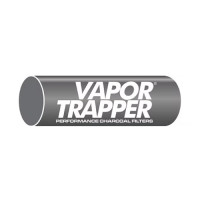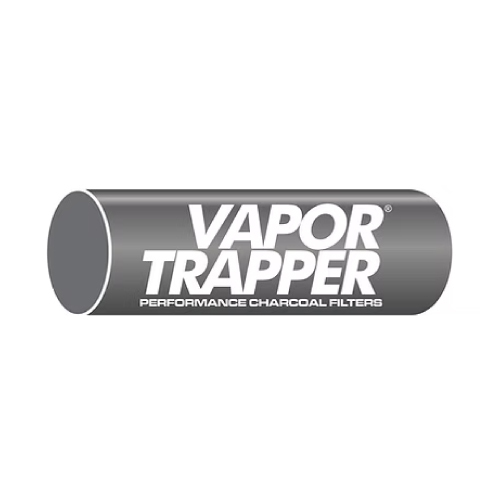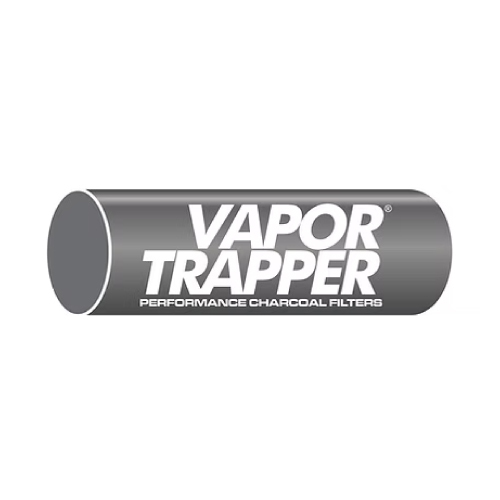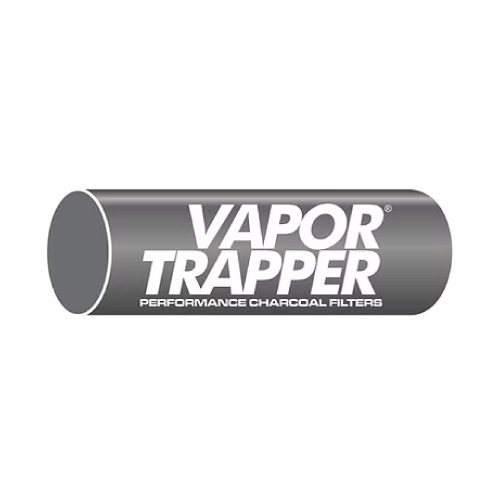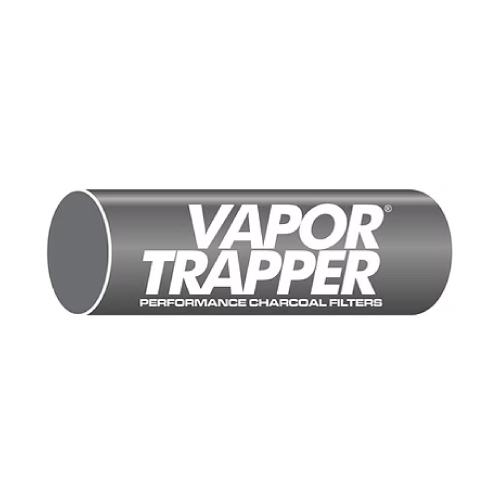Why a Universal Charcoal Canister is Essential for Fuel Vapor Management
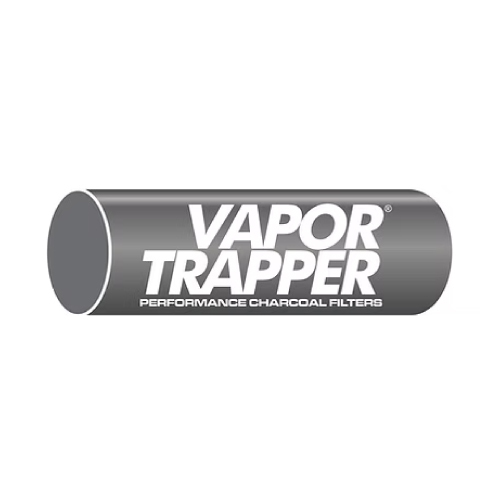
Strong 8k brings an ultra-HD IPTV experience to your living room and your pocket.
In today’s world of modern automotive design and environmental responsibility, controlling fuel vapors is more important than ever. Whether you're building a hot rod, maintaining a vintage vehicle, or upgrading a modern ride, a universal charcoal canister is a must-have component in any fuel system. It plays a key role in reducing harmful emissions and eliminating unpleasant fuel odors from garages and enclosed spaces.
This article explains what a Universal Charcoal Canister is, how it works, and why it’s the smart choice for builders, restorers, and automotive professionals. We’ll also cover how a charcoal vapor canister improves performance, supports emission compliance, and provides a cleaner, safer vehicle environment.
What Is a Universal Charcoal Canister?
A universal charcoal canister is a compact, adaptable fuel vapor management device that captures and stores gasoline vapors from the fuel tank. Rather than letting these vapors escape into the atmosphere (or your garage), the canister filters them through activated charcoal, where they are absorbed and stored until they can be safely purged or released.
Unlike factory-installed vapor systems that are vehicle-specific, a universal canister is designed to work with virtually any vehicle classic cars, custom builds, hot rods, trucks, off-roaders, motorcycles, boats, and more. Its flexible design allows it to integrate easily into custom fuel setups without compromising performance or safety.
Why Fuel Vapor Management Matters
Gasoline evaporates easily, and in a sealed fuel system, pressure builds up as the temperature rises. Without a vapor containment system, these fumes will escape from the fuel cap or vent line, causing:
Strong gasoline odors in your garage or vehicle
Pollution from hydrocarbon emissions
Potential health risks with long-term exposure
Failure to meet emissions regulations in many states
That’s where the charcoal vapor canister comes in. It traps and stores vapors so they don’t leak into the atmosphere or your workspace. When connected to a purge system (or vented to a filter), those vapors are later redirected to the engine or filtered out completely.
How a Charcoal Vapor Canister Works?
At the core of a charcoal vapor canister is activated charcoal a highly porous material with the ability to absorb volatile organic compounds (VOCs) like gasoline vapor. Here’s how it functions:
Vapor Entry: Vapors from the fuel tank travel through a vent hose into the inlet port of the canister.
Absorption: The activated charcoal traps and stores the hydrocarbon molecules.
Ventilation or Purge: The canister either vents filtered air out of an outlet port or connects to a purge valve that sends vapors back into the engine to be burned during combustion.
This closed-loop system prevents vapor leaks and reduces the smell of gas in enclosed environments.
Key Benefits of Using a Universal Charcoal Canister
Fits Any Vehicle or Custom Build
The “universal” design means it’s not restricted to specific makes or models. Whether you're restoring a muscle car, building a street rod, or upgrading a Jeep, a universal canister is easy to install and highly adaptable.
Eliminates Fuel Odors
One of the most noticeable advantages of using a charcoal vapor canister is the elimination of lingering fuel smells. It’s ideal for vehicles parked in attached garages or stored indoors.
Environmentally Responsible
Fuel vapors contain hydrocarbons, which contribute to air pollution and smog. A charcoal canister helps minimize environmental impact by containing those emissions before they escape.
Simple Installation
Most universal canisters feature standard fittings, making them compatible with a wide range of fuel lines and vent hoses. Whether you’re a weekend mechanic or a seasoned pro, installation is straightforward.
Supports Emissions Compliance
In many U.S. states, emissions standards are strict. Adding a universal charcoal canister to your system can help you pass emissions inspections, especially for custom or vintage vehicles.
Features to Look for in a Quality Universal Canister
When shopping for a universal or Charcoal Vapor Canister, consider the following features:
Durable Construction
Look for canisters made from high-quality materials like billet aluminum or corrosion-resistant polymers. Metal canisters tend to offer greater longevity and resistance to extreme heat or vibration.
Replaceable Media
Some canisters allow you to replace the activated charcoal media inside, extending the product’s lifespan and ensuring peak performance.
Port Versatility
A good universal canister should have multiple inlet/outlet port options to match different fuel line sizes and fitting types (e.g., barb, AN, NPT).
Compact Size
The canister should be compact enough to fit in tight engine bays, undercarriages, or trunk areas while still offering adequate vapor storage capacity.
Installation Overview
Installing a universal charcoal canister is a relatively simple process, especially if you already have access to your vehicle’s fuel tank and vent line.
Basic Installation Steps:
Mount the Canister: Choose a secure, upright position away from heat sources (like the exhaust).
Connect the Tank Vent Line: Run a hose from your fuel tank vent to the canister’s inlet port.
Attach the Outlet Port: Connect the outlet port to a filtered vent or engine vacuum source (if you're using a purge valve setup).
Secure Fittings: Use hose clamps or AN fittings to ensure leak-free connections.
Test the System: Run the engine and inspect for leaks or fuel odor.
Installation typically takes less than an hour for experienced installers and slightly longer for first-time DIYers.
Maintenance Tips for Long-Term Use
While most charcoal vapor canisters are low-maintenance, you can extend their lifespan with a few simple checks:
Inspect vent lines for cracks or leaks annually
Replace the activated charcoal media every 3–5 years, if possible
Make sure the canister is mounted upright to maintain proper flow
Clean or replace breather filters on vented systems
Ideal Applications for a Universal Charcoal Canister
Because of its versatility, a universal charcoal canister can be used in a wide range of vehicles and machines:
Classic cars and muscle cars
Hot rods and custom street cars
Off-road vehicles and 4x4 builds
Boats and personal watercraft
Motorcycles, ATVs, and UTVs
Generators and small-engine equipment
Fuel cell-equipped race cars
Common Questions About Charcoal Vapor Canisters
Q: Will a charcoal canister affect performance?
A: No. It doesn’t interfere with engine performance or fuel delivery. If anything, it improves safety and helps meet emission requirements.
Q: Do I need a purge valve?
A: It depends. Many setups vent the canister passively with a breather filter. However, if your ECU supports it, a purge valve offers a more complete vapor recycling system.
Q: Can I use this with a carbureted engine?
A: Yes. Charcoal canisters work with both carbureted and fuel-injected systems. They’re simply managing vapors not fuel flow.
Final Thoughts: Why Every Build Needs a Universal Charcoal Canister
In a world where performance, safety, and environmental responsibility go hand in hand, a universal charcoal canister is a smart, efficient solution for any fuel system by Vapor Trapper. Whether you’re aiming to reduce garage fumes, pass emissions tests, or simply finish off a high-quality build, a charcoal vapor canister offers an affordable upgrade with big results.
It’s one of the most overlooked yet impactful additions you can make to your vehicle and once installed, you’ll wonder how you ever lived without it.
Note: IndiBlogHub features both user-submitted and editorial content. We do not verify third-party contributions. Read our Disclaimer and Privacy Policyfor details.

